EXERCISES
FOR
CARDIAC
RECOVERY
EXERCISES
FOR
CARDIAC
RECOVERY
The Strong Heart
Fitness Program for
Life After Heart Attack
& Heart Surgery
WILLIAM SMITH, M.S.
KEITH BURNS, M.S.
AND
CHRISTOPHER VOLGRAF

CONTENTS

Hatherleigh Press is committed to preserving and protecting the natural resources of the earth. Environmentally responsible and sustainable practices are embraced within the companys mission statement.
Visit us at www.hatherleighpress.com and register online for free offers, discounts, special events, and more.
Exercises for Cardiac Recovery
Text copyright 2018 William Smith, Keith Burns and Christopher Volgraf
Library of Congress Cataloging-in-Publication Data is available upon request.
ISBN: 978-1-578-266-951
All rights reserved. No part of this book may be reproduced, stored in a retrieval system, or transmitted, in any form or by any means, electronic or otherwise, without written permission from the publisher.
Cover design by Heather Daugherty
Interior Design by Cynthia Dunne
Printed in the United States
10 9 8 7 6 5 4 3 2 1
 Your health starts here! Workouts, nutrition, motivation, community everything you need to build a better body from the inside out!
Your health starts here! Workouts, nutrition, motivation, community everything you need to build a better body from the inside out!
Visit us at www.getfitnow.com for videos, workouts, nutrition, recipes, community tips, and more!
Consult your physician before beginning any exercise program. The author and publisher of this book and workout disclaim any liability, personal or professional, resulting from the misapplication of any of the following procedures described in this publication.

THE STRONG HEART FITNESS PROGRAM
DO YOU
- have a job where you sit at a desk all day?
- need effective, proven heart-healthy exercising programming?
- struggle to find time in your busy professional life for daily movement?
- spend hours a day commuting with limited time to elevate your heart rate?
- need to start heart-healthy exercise programming after a physicians recommendation?
- recognizing the importance of a healthy lifestyle?
- need a self-monitored routine for risk factor modification?
- want a resource for supporting healthy living initiatives
- need a brief, daily routine addressing full-body strength
Then the Strong Heart Fitness Program is for YOU!
ARE YOU EXPERIENCING
- fatigue and lethargy from normal, daily activities
- decreased muscle toning and strength
- poor balance and movement quality
- inability to concentrate and focus from inactivity
- headaches and neck discomfort from forward head posture
- poor recovery heart rate after movement
- poor circulation and edema
- inability to perform enjoyable activities such as walking, swimming and related heart-centric movements
Then the Strong Heart Fitness Program is for YOU!
Our society is experiencing the widening effects of inactivity. Approximately 80% of diseases are preventable. This means that even short bouts of movement throughout the day can have dramatic results on your overall health. Small changes and good habits lead to very positive change, and it starts today! Whether youre a busy parent, a caregiver for an elderly parent, a patient cleared to for self-monitored exercise, or an active older adult, we all can make simple changes in our daily lives that have a huge impact.
FOREWORD BY DR. JOHN A. RUMBERGER
W hen I started my medical residency in the late 1970s, it was common for the patient to stay in hospital for up to 6 weeks, and then be told that they should avoid physical activity for another 6 weeksthat was standard cardiac recovery. Unfortunately, what we saw as a result were cardiac cripples, individuals who had lost mental and physical health in addition to losing endurance, muscle mass, and bone mass.
During my now more than 35 years practicing cardiology, cardiac recovery has undergone major changes, but these have been very slow to spread. I eventually became an intensivist, practicing in the MICU (Medical Intensive Care Unit) and the CCU (Cardiac Care Unit). Although I took care of critical care patients, my primary concern was just keeping them alive and out of the hospital. I was introduced early on to cardiac rehabilitation programs, intended for survivors of heart attacks or congestive heart failure, but I would have little participation in their care after they left the CCU.
Later, I became involved with imaging methods that promised to discover developing heart disease, long before it caused disabilities. I began working with what was called the Cardiovascular Health Clinic, where we dealt with teaching individuals about their cardiovascular risk factors (high blood pressure, high cholesterol, inactivity, and the like). One component of the assessment was to perform a symptom-limited treadmill exercise test, looking for heart rhythm issues, hypertension, and possibly exercise-induced abnormalities in heart blood flow. After this was done, I and/or one of my colleagues would sit down with the patient and give them an exercise prescription.
The patter would go like this: Exercise on a treadmill or a bicycle, spending 5 minutes gradually building up to your target heart rate (derived from parameters from the prior stress test), spend 20 minutes at a sustained target heart rate, and then cool down for 5 minutes.
The exercise prescription called for a total of 30 minutes of treadmill/stationary bicycle, at least 3 times per weekand that was it. No mention of strength training or maintaining flexibility. All the same, I thought this was sound advice from my instructors and continued to prescribe this method to my patients.
As I moved from being a Critical Care Cardiologist to a Cardiac Rehab director, I still pursued my passion of using imaging, specifically Cardiac CT, to define early heart disease (rather than dealing with late heart disease in my days of critical care). The pursuit of this passion led me to my current situation, as Director of Cardiac Imaging at the Princeton Longevity Center.
The Princeton Longevity Center was a new environment, one which brought me into direct and daily contact with certified Exercise Physiologists working as active members of the Prevention Team. I slowly learned from this association, which included all three authors of Exercises for Cardiac Recovery, that what I had been taught as a one size fits all post-cardiac recovery plan was too simple an approach, that adaptations of interval training emphasizing both weight/strength training, flexibility, and aerobic conditioning can and should be individualized to the patient.
I became the student again and was taught and mentored by William Smith, Keith Burns, and especially Christopher Volgrafand I am a better physician and cardiologist because of it.
Exercises for Cardiac Recovery is for the patient, the physician, and the student in exercise physiology. In these pages, the authors lay out how to apply physical activity, no matter how defined, to improve physical abilities, mental/physical strength, and flexibility, to afford you the best physical path to your own cardiac recovery.

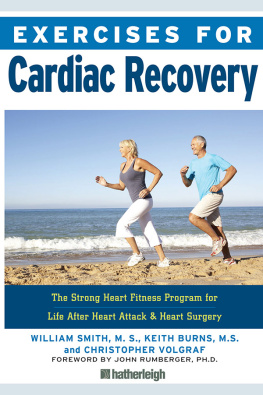
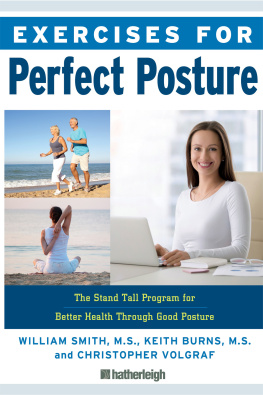


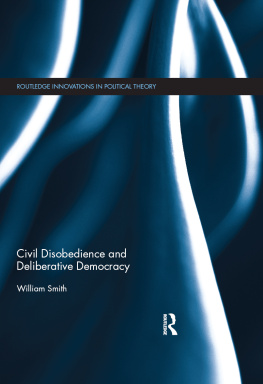



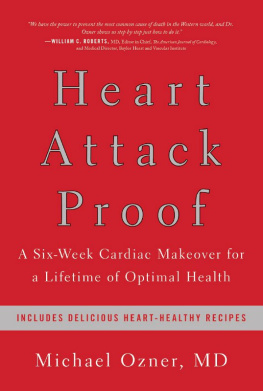

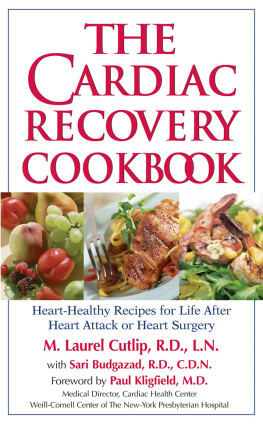
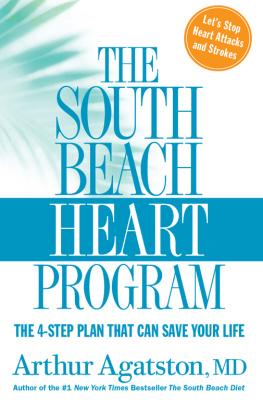




 Your health starts here! Workouts, nutrition, motivation, community everything you need to build a better body from the inside out!
Your health starts here! Workouts, nutrition, motivation, community everything you need to build a better body from the inside out!